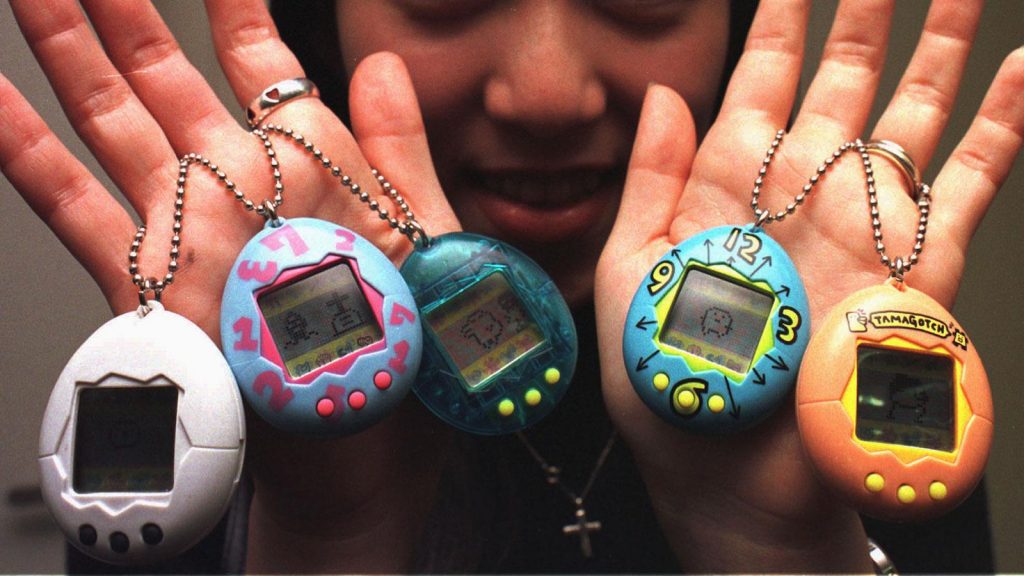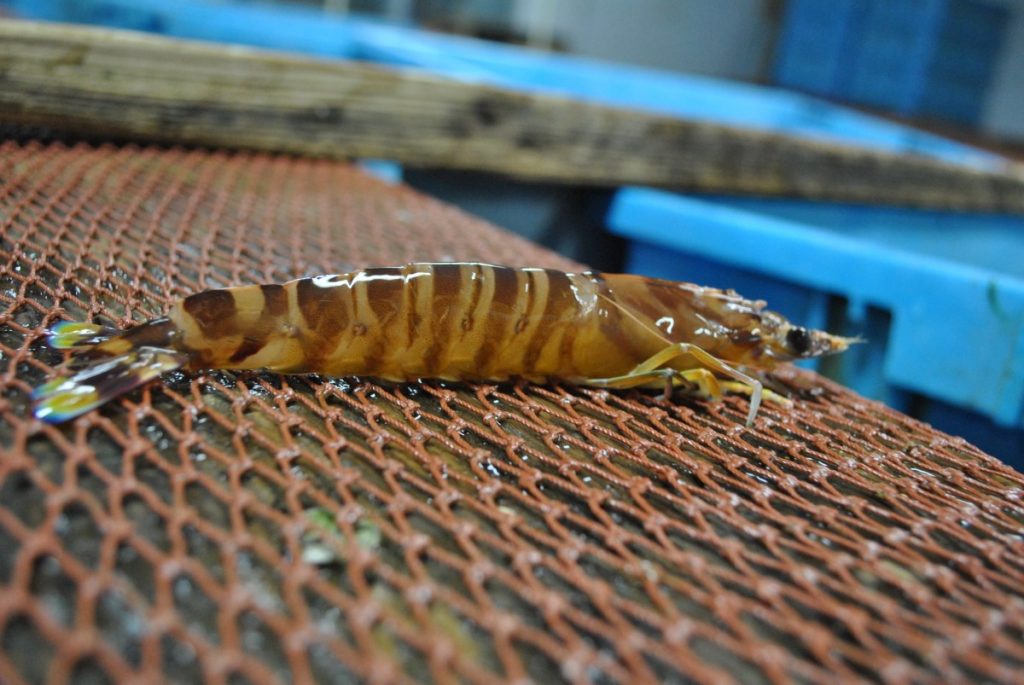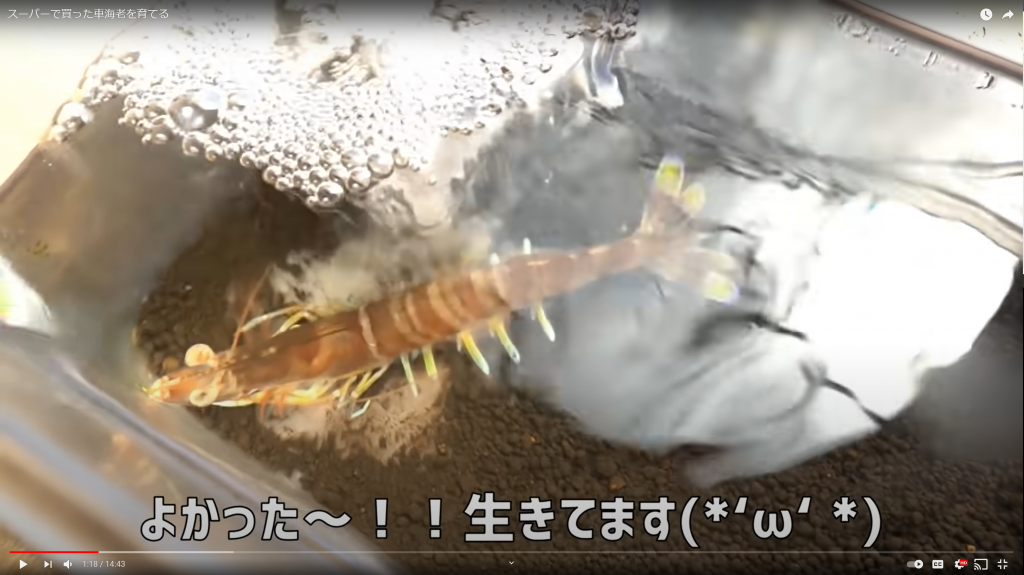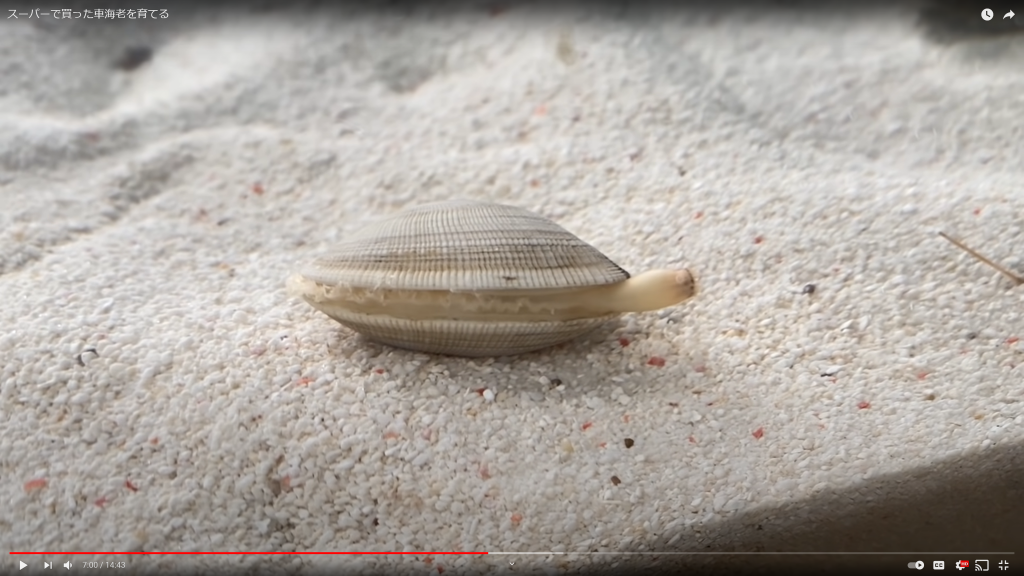As the coronavirus rages on and everyone is told to stay at home, an odd “how to video” has achieved more than 4 million views and counting!

Do you remember the Tomogotchi (たまごっち)? This digital “pet” became a thing in Japan beginning in 1996.
This revolutionary electronic device from Japanese toymaker Bandai became all the rage throughout the world in the late 1990s. The name was derived from the Japanese word for egg, tamago (卵), and the Japanized version of the English phrase “to watch,” uotchi (ウオッチ). The user had to devote a significant amount of attention and provide plenty of love and care to ensure that their Tamagotchi would grow. It mimicked just about everything that comes with owning and caring for a pet—including having to clean up its virtual droppings.

Well, while the once almighty Tamagotchi has been making somewhat of a comeback during the last five years, the days when it reigned supreme are long gone. Its extraordinary initial success must have tapped into the common human desire to take care of a pet.
In the midst of the ongoing coronavirus and with orders from the central government to “stay home,” many Japanese people, like their counterparts around the world, have been spending an inordinate amount of time surfing the web. Since late April and throughout the recent succession of public holidays called “Golden Week” in Japan, many have become fixated on a new YouTube video that provides pointers on how to raise another out of the ordinary “pet.”
Perhaps inspired by the famous site Bored Panda (hey, nothing against this site), a new 15 minute YouTube video called “Grow the Tiger Prawn Bought at the Supermarket” has gone viral among Japanese viewers. To date, this odd, instructional “how-to video” has been viewed more than 4 million times and “liked” more than 34,000 times!
Just what is going on here?

First, what is a tiger prawn?
Particularly down in Kyushu and especially on the islands of Amakusa in Kumamoto and Himejima near where I live in Oita Prefecture, the tiger prawn, a giant shrimp which is known as kuruma ebi (クルマエビ) in Japanese, is a delicacy eaten during a multi-course meal. The first course is, in fact, just one step beyond bait.

Unless they literally try to jump off the plate–which is a common occurrence–the giant shrimp are de-headed at your table and then immediately eaten raw. Most of the time, you can still sense the remaining nerve pulses with your tongue. Trust me—it’s a weird sensation but tastes great.

Subsequent courses typically feature fried tempura.
Kuruma ebi are not cheap. Aquaculture is a big business in Japan.

While prices vary quite a bit, a typical package of 8 to 10 kuruma ebi (approximately 500g) can be purchased on the web for approximately 5,000 to 11,000 Japanese yen (approximately US $46 ~ 100). They are even more expensive at a restaurant.
Although somewhat rare, you can find live kuruma ebi at most supermarkets in Japan.
Noringo had a better idea!
Noringo, the producer of the viral “how-to video” and force behind the YouTube channel Kateisaien-to-Osakanatachi (“Home Gardening and Creatures from the Sea”), which has 130,000 subscribers, had a better idea about what to do with at least one kuruma ebi that was purchased at his local supermarket.
Perhaps because he had misplaced his Tamagotchi long ago, Noringo decided to embark on a month-long experiment to see if he could raise a kuruma-ebi at home. Luckily for us, Noringo decided to document the process in meticulous detail. Now you, too, can learn how he did it by checking out the following 15-minute video.
Noringo only selected, incidentally, only one lucky kuruma ebi to rescue from the pack of live shrimp from his supermarket. It is unclear what happened to the other three, but you can take a wild guess. This unanswered question has not, by the way, gone unnoticed by his viewers. One of the most popular comments on the YouTube video is from Yuki. She wrote,
What happened to the other shrimp that were purchased at the supermarket? You know, the ones that were betrayed…
一緒に買われたエビ達「裏切り者め」
How to make seawater at home in 90 seconds (on the video)
As kuruma ebi require suitable conditions in which to thrive, Noringo devoted the first 90 seconds of his video to the process of mimicking real seawater. He added an oxygenator to ensure that his new friend had plenty of oxygen.

The commentary throughout the video includes a touch of humor. The caption at 1:18 means, “Great! Still alive! Haha!”
No place like home!
Kuruma ebi like to burrow under the sand for protection and to gain the advantage of surprise when stalking their prey. Noringo devotes the next 5 minutes or so of the video to how to prepare just the right amount, texture, and quality of sand to make his kuruma ebi feel right at home.

The key is, apparently, in the number of times the sand is washed, but the results speak for themselves.
Happy as a clam!
Noringo thoughtfully provides live clams, known as asari (アサリ) in Japanese, for food. We get to see before and after views of what must be one of the kuruma ebi’s favorite foods.

Although Noringo’s pet does not seem to be a member of “the clean plate club,” as the clams are not eaten completely, after an extended period devoted to the intricate details of the culinary habits of kuruma ebi, we certainly get the point.

Noringo wanted, however, to learn more. As kuruma ebi are nocturnal, he took elaborate steps to document all of those midnight snacks of clams by recording with infrared light. You can check out all of the action at around 13 minutes, although this part of the video is a little difficult to follow–unless you see in infrared.
Cleanliness is next to godliness…
Noringo took very good care of his kuruma ebi pet throughout the month-long experiment.

His TLC even extended to the morning ritual of using a pair of chopsticks to remove the pea-size pieces of the waste left by his new friend. We get to see it all right along with Noringo.
Although a 20th-anniversary limited edition of the Tamagotchi was made available approximately 4 years ago, one of Japan’s most beloved pets right up there with the faithful dog Hachiko, the Tamagotchi, is, essentially, long gone. Perhaps Noringo has, though, found a new generation of pet, the humble kuruma ebi, to bring back a little reality to the digital age. The Tamagotchi had a terrific run of more than 82 million units, but Noringo’s kuruma ebi video is catching up fast. Assuming that every viewer is inspired to try raising their own kuruma ebi at home, at the current rate of more than 1 million new views per week, the number of kuruma ebi pets may surpass the mighty Tamagotchi at some point as soon as 2023!

It is unclear whether Noringo is still taking care of his pet kuruma ebi with which he has obviously bonded. We will have to wait for the much-anticipated follow-up video to find out!
Links to sources: https://www.youtube.com/watch?v=OEEXaj06py0&t=11s and https://www.bandainamco.co.jp/cgi-bin/releases/index.cgi/file/view/5986?entry_id=5435
Related Articles
AI Girlfriends: Exploring the World of Virtual Companions
AI-generated girlfriends are growing popular on Japanese Twitter. Learn more about what they can do, and what it could mean for the future.
Discover Japan’s Top 10 Must-Visit Places
From stunning landscapes to bustling cities, Japan offers many unforgettable experiences. Here are Japan’s top 10 best places to visit!





